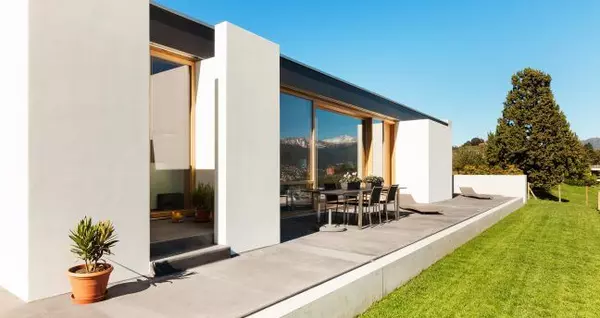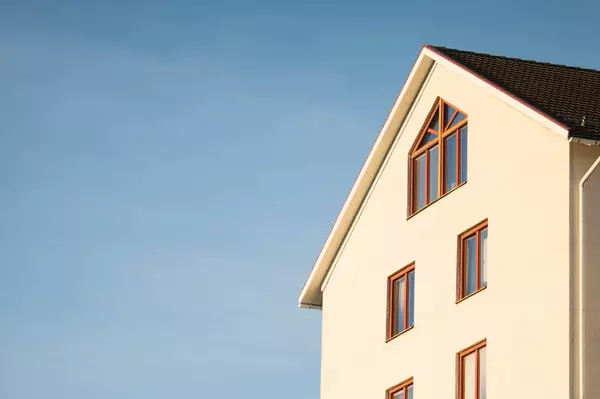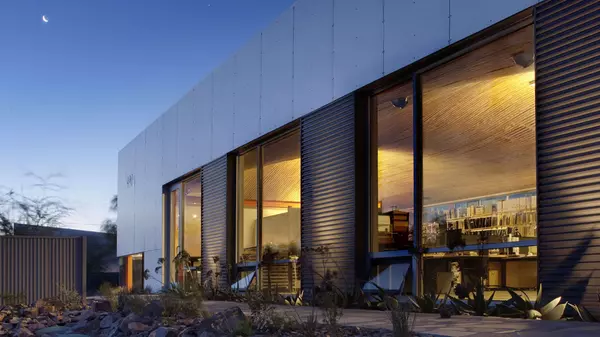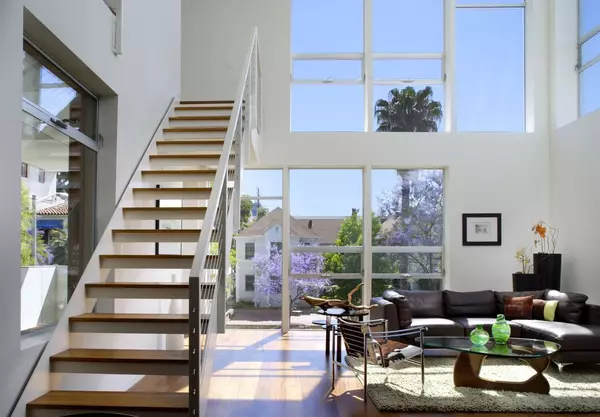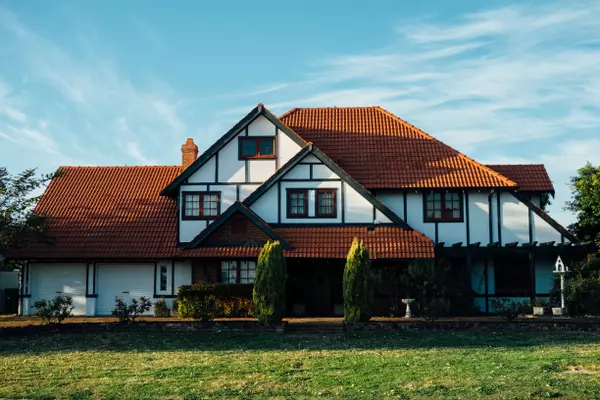Saskatchewan’s Secondary Suite Incentive Program: What Homeowners Need to Know
Saskatchewan’s Secondary Suite Incentive (SSI) grant program offers a solution for homeowners looking for supplementary income, while helping to expand rental housing stock. The SSI is available only to owner‑occupants, who both own and live in the property. Only one secondary suite per owner’s primary residence may receive the grant.
Launched to address historic population growth and dwindling rental availability, the SSI program subsidizes 35% of eligible construction costs (up to $35,000 per property) to create a new, self-contained dwelling on an owner’s primary residence.
Background
Over the past three years, Saskatchewan has seen its most rapid population growth in more than a century. This surge, combined with rising interest rates, has made homeownership more challenging and contributed to a significant drop in rental vacancy rates. The resulting pressure on the housing market has led to rising rents across both urban and regional areas. The SSI program is aimed at addressing these challenges by encouraging homeowners to create new rental units in their homes.
Benefits for Homeowners
The grant can notably reduce out‑of‑pocket construction costs, improving project feasibility for many households. Over time, rental income generated by the secondary suite can offset mortgage payments or cover operating expenses, enhancing overall housing affordability. Beyond financial returns, secondary suites also provide flexible accommodation options for multigenerational living, offering dedicated spaces for aging parents, adult children or extended family. Additionally, having a compliant secondary suite significantly contributes to a home’s value if a homeowner chooses to sell at any time.
Program Overview
The SSI grant covers 35% of the total pre‑tax cost to build a new secondary suite on a homeowner’s primary residence, capping out at $35,000. Eligible expenses encompass professional fees (architecture, engineering), materials, contract labour, interior finishing, electrical, plumbing, mechanical systems and up to $5,000 for standard appliances such as washers, dryers, refrigerators, stoves and dishwashers. Costs must be incurred between April 1, 2023 and March 31, 2026, with construction completed by March 31, 2027, and applications submitted by that same date.
Project Eligibility and Compliance
To qualify, the secondary suite must constitute a new, independent dwelling unit situated on the premises of the owner’s primary residence. Projects involving renovation of existing suites or general home renovations fall outside the program’s scope.
Suites must conform to the National Building Code of Canada and all applicable municipal bylaws, including size restrictions (not exceeding 80 m² or 80% of the home’s floor area, excluding garages and shared spaces). Homeowners or their contractors must secure all necessary permits and approvals before the suite is used for rental purposes.
Homeowners and investors should monitor municipal zoning changes, neighbourhood covenants and insurance implications associated with secondary suites to mitigate the risk of non‑conformity or coverage gaps.
Eligible Costs
Eligible costs focus exclusively on the construction of the new suite. Expenditures such as landscaping, driveway expansion, homeowner‑performed labour, furniture and land acquisition are ineligible; grant funds are aimed at driving net increases in rental capacity. Applicants must have paid applicable Provincial Sales Tax on all eligible costs, and homeowners hiring contractors should verify their PST vendor’s licence through Saskatchewan’s registry.
While the grant reduces upfront investment, applicants should still evaluate financing options, such as home equity lines or construction loans, to cover the remaining project costs, and consider potential impacts on borrowing capacity.
Process and Timeline
Prospective applicants should begin by reviewing the SSI program overview and application information. Construction must be completed, with a municipal occupancy certificate or equivalent, prior to submitting a fully documented application. Proof of ownership, building permits, cost‑itemized invoices delineating eligible expenses, contractor business numbers and PST licence details, and a direct deposit payment request form are all required.
If homeowners opt to assign grant payments to their builder, a Notification of Assignment form must accompany the application.
All applications are due by March 31, 2027, and projects must be finalized by that date to qualify.
Record‑Keeping
Homeowners should maintain meticulous records and keep separate ledgers for suite‑related invoices and taxes. The Ministry of Finance reserves the right to audit and request documentation verifying compliance with building codes, permits and program criteria.
More information is available on the Government of Saskatchewan website.
Recent Posts


